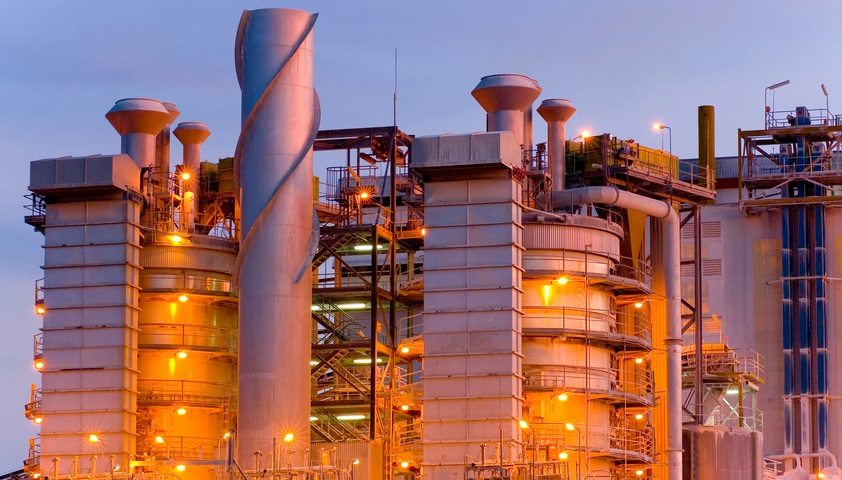
The Australian manufacturing sector is showing some signs of life, and thats good news for the nations industrial lubricant suppliers, which have endured years of deterioration in the sector.
The Australian Industry Groups Australian Performance of Manufacturing Index showed a net expansion in the countrys manufacturing industries in November, the fifth consecutive month and longest run of unbroken expansion since 2010.

John Casey – Fotolia
A magnesia plant in Queensland, Australia
The manufacturing sector is a key market for suppliers of lubricants and greases. Market research group Ibis World has estimated sales of lubricants and greases in Australia at about AU $1.7 billion in the year ended June 30, with automotive industries, including vehicle manufacturing, and industrial and mining companies accounting for a combined 31 percent of consumption. Transport, exports, agriculture and construction account for most of the remainder.
Lubricant companies supplying manufacturers in Australia have watched their target customer base dwindle for more than a decade due to factory closings. In 2005, manufacturing was the biggest contributor to the nations gross domestic product. Its been eclipsed by mining, financial services, insurance and education.
Australians have been disheartened by news of well-known and loved domestic brands shutting down or going offshore, from Bond apparel to Electrolux refrigerators. The exodus hasnt ended yet, with automakers Toyota, Ford and GM Holden all set to stop local production by mid-2017.
There are some bright spots, such as food manufacturing, which is growing rapidly. There is no doubt all the signs are there for strong export growth as Australian food and beverage exports increased by 28 percent to AU $25.7 billion in 2014-15, Australian Food and Grocery Council CEO Gary Dawson said in a press release on the groups annual industry snapshot. The report showed the sector is valued at AU $119 billion and represents nearly a third of all manufacturing in the country.
The drop in the Australian dollar has helped as it makes Australian export prices cheaper in US-dollar terms. The local currency dropped from a peak of US$1.10 in 2011 to about 72 US cents recently. Food processor Simplot Australia, for example, had considered closing two of its six Australian manufacturing sites. Our estimation at the time was that the bad times were here to stay, and it is now paying its way, the companys managing director, Terry OBrien, was quoted as saying in Manufacturers Monthly. Simplot Australia is an offshoot of Idaho-based Simplot.
While car factories are closing, the trucking industry remains a stalwart of Australian manufacturing. Tony McMullan, CEO of the Australian Truck Industry Council told a Senate Committee in October: Last year, 48 percent of heavy trucks (above 16.5 tons) were designed and manufactured in Australia with an average sale price in excess of AU $200,000. This strength is showing no signs of abating.
To be sure, the outlook for lubricant and grease suppliers to the Australian manufacturing sector isnt all rosy. Deloittes Global Manufacturing Competitiveness Index showed Australias rank in world manufacturing through the eyes of 500 CEOs had fallen to 21st in 2015 from 16th in 2013.
Other challenges faced by suppliers in the Australian industrial lubricants market include increased competition with new lubricant suppliers from Asia, such as Indonesias PT Pertamina, entering Australia.